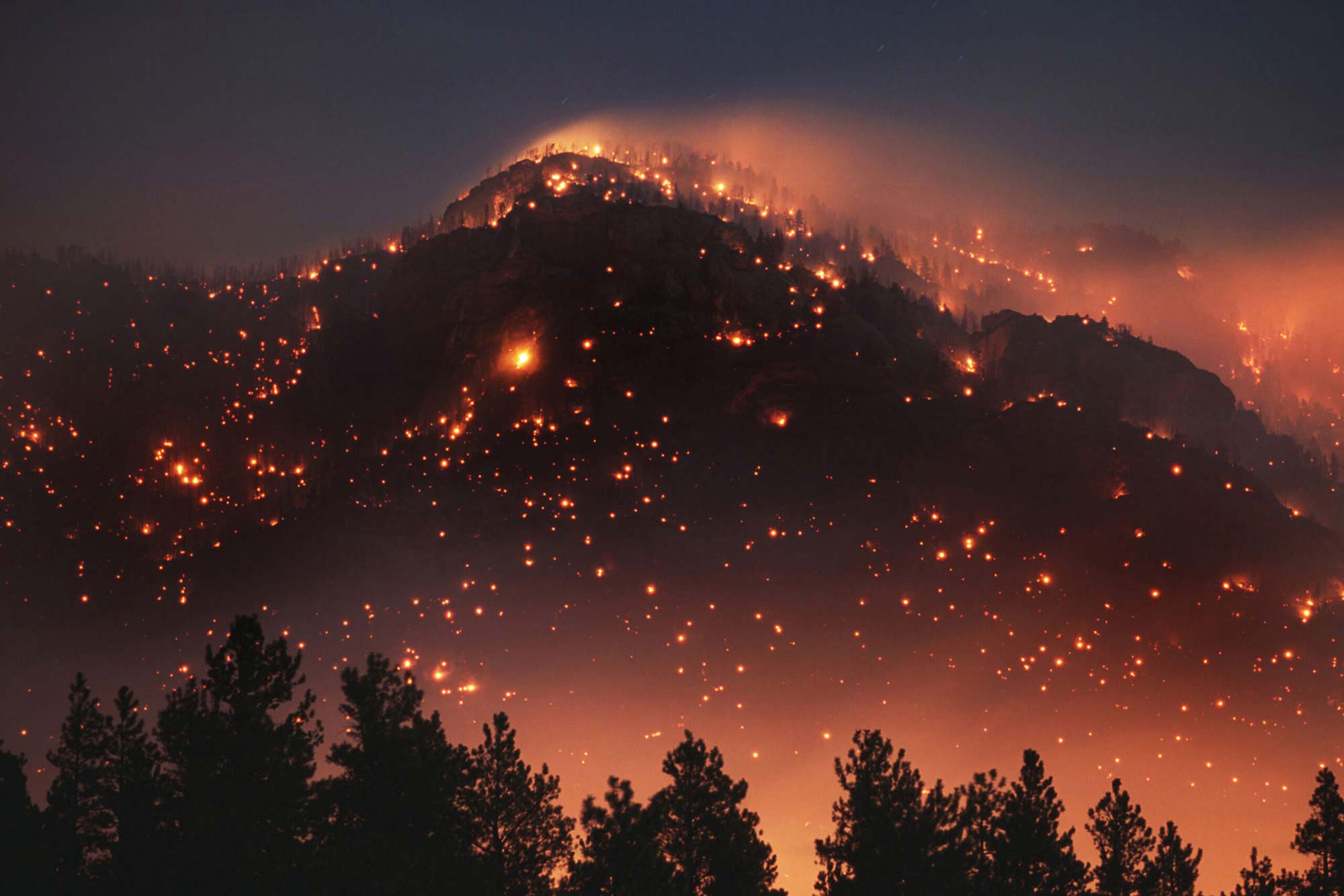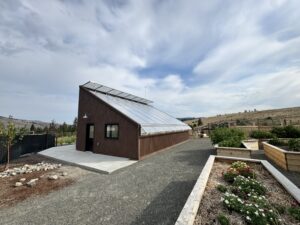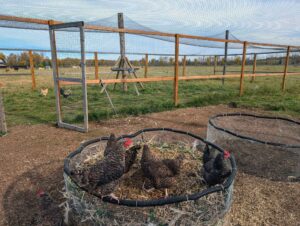Wildfires have become an all-too-familiar crisis in parts of the US, Canada—and beyond. California, in particular, has experienced some of the most devastating wildfires on record. Since 7 January, a series of wildfires have ravaged the LA metropolitan area and surrounding regions. The toll on human lives, wildlife, and ecosystems has been tragic. And as today, four fires remain active, including the Palisades Fire, Eaton Fire, Hughes Fire, and Border 2 Fire.
According to a study published in Nature Reviews Earth & Environment, climate change in the region has increased temperatures, created volatility in rainfall levels, and prolonged droughts, contributing to drier landscapes that are more susceptible to ignition. What’s more, 85% to 90% of wildfires result from human causes, such as unattended camp fires, discarded cigarettes, and arson.
How to Protect Your Home From Wildfires
Regenerative water solutions have emerged as one of the most effective ways to reduce wildfire risk, promote environmental resilience—as well as help safeguard people, communities, and homes. These solutions not only help conserve and manage water, but also create natural buffers that suppress the intensity of fires.
1. Rainwater Harvesting for Landscapes and Medium-Term Storage
Rainwater harvesting involves collecting rainwater from rooftops and storing it for future use. This water can be used for irrigation, landscaping, and even firefighting purposes in an emergency. When water is readily available onsite, homeowners can use it to irrigate fire-resistant plants or maintain a green landscape that acts as a natural fire break. By keeping the landscape hydrated and green, the risk of vegetation turning into dry, combustible fuel is minimized.
Medium-term storage solutions, such as large cisterns or rain barrels, allow homeowners to maintain a reserve of water during dry spells. These reserves can prove invaluable during periods of drought or when municipal water sources are limited due to wildfires.
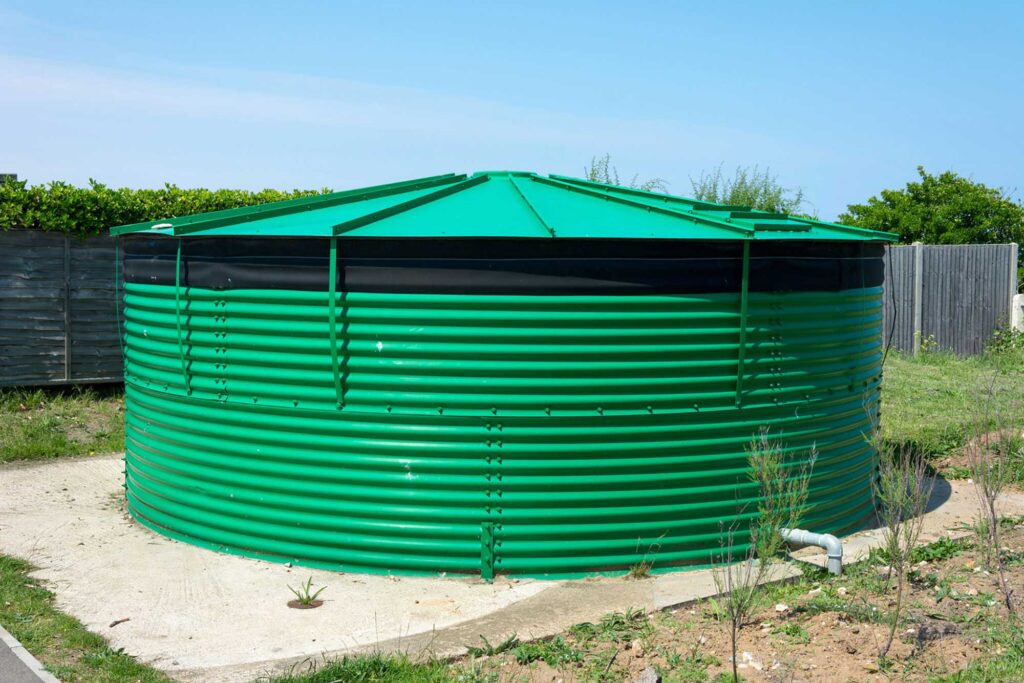
2. Rain Gardens
Rain gardens, which are designed to capture stormwater and allow it to slowly infiltrate the ground, are another tool that can help reduce wildfire risks. These gardens feature native, water-loving plants that not only help manage excess water but also create natural barriers to wildfires. The strategic placement of rain gardens can slow down the movement of fire across a property, as the plants in these gardens tend to have high moisture content, making them less likely to ignite.
Additionally, rain gardens help replenish the local water table, contributing to long-term soil health and plant vitality, further enhancing a property’s fire resilience.
3. Plant Communities and Fire-Resistant Landscaping
Once the land is turned into a ‘sponge’ using the water techniques listed above, and the water cycle is restored, the next step is to enhance its fire-resistance using plant communities. By selecting fire-adaptive plants—such as drought-tolerant shrubs, trees, and ground covers—homeowners can create defensible zones around their homes that are less likely to catch fire.
Plant communities that are well-suited to the local conditions, require less water and tend to thrive with little input from synthetic fertilizers or pesticides. When irrigated properly through rainwater harvesting systems, these fire-resistant landscapes become even more effective at slowing the spread of fires and protecting structures.
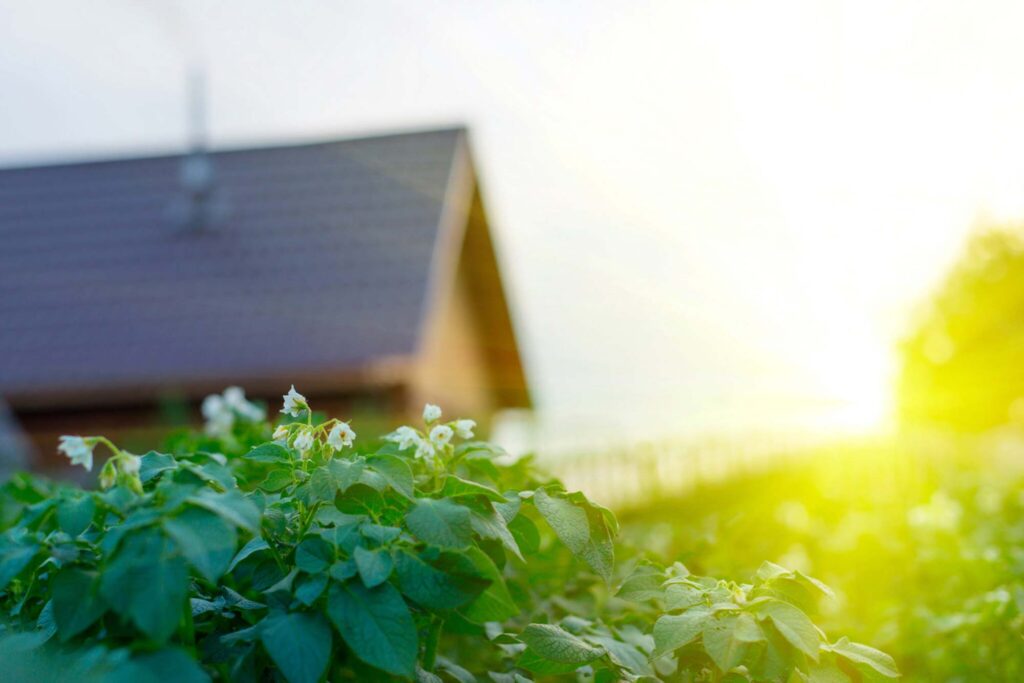
4. Building Materials and Fire-Resistant Design
Using fire-resistant building materials such as concrete, stone, and steel can help protect homes in high-risk areas. Designs that encourage the use of green roofs, permeable surfaces, and other water-sensitive elements can help mitigate the impact of both wildfires and droughts.
Future-Proofing Homes and Communities
Regenerative water solutions not only offer immediate protection against wildfires, but also provide long-term benefits. These solutions are designed to work with nature, not against it, ensuring that homes and communities can adapt to changing climate conditions. By investing in these systems, homeowners can future-proof their properties, making them more resilient to wildfires, droughts, and other climate-related challenges.
5th World is working towards creating safer communities via Contour Map Generator its land assessment software, which evaluates a property’s exposure to wildfire and drought risk. Additionally, Contour Map Generator provides a custom plan for fire suppression, leveraging regenerative water solutions that enhance moisture in the land. Contact 5th World for more information.


